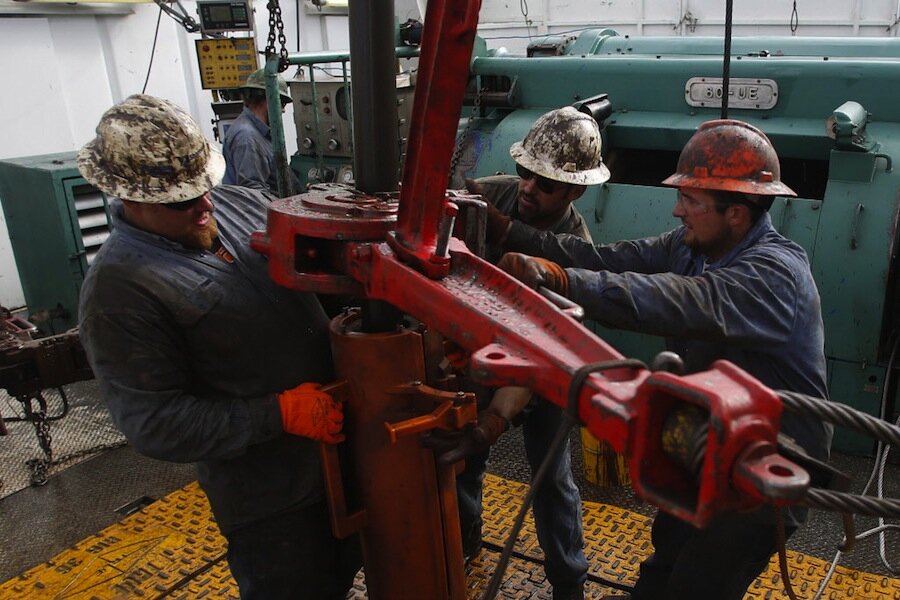More bad news for North Dakota’s oil industry
Loading...
This hasn’t been a good week for the oil industry in North Dakota.
First, a train carrying crude for Hess Corp. derailed and burned in central North Dakota on May 6, forcing the evacuation of 40 people from the nearby town of Heimdal. It was at least the third oil-car accident in North America so far this year.
Now a pipeline spill of 63,000 gallons of highly concentrated saltwater, a byproduct of oil production, has snaked its way along a tributary to taint the waters of Smishek Lake in northwestern North Dakota. But the accident isn’t expected to pollute local drinking water. (Related: Is Solar Energy Ready To Compete With Oil And Other Fossil Fuels?)
The area is near the town of Powers Lake, N.D., about 75 miles northeast of Williston, a center of the state’s recent boom in oil recovery from underground shale formations. The brine from oil production is far saltier than seawater and can kill vegetation with which it comes into contact.
Brine is an important element in producing energy from shale. Drillers inject it under high pressure to break the rock and free oil and gas that would otherwise be inaccessible. But this water can never be reused and must be disposed of carefully.
The US Environmental Protection Agency says such brines may contain toxic metals and radioactive substances that can be “very damaging” to the environment and public health if released on the surface. (Related: The Greenest Oil Companies In The World)
This wasn't the only such spill this year, according to state Water Quality Director Karl Rockeman. In January a pipeline owned by Summit Midstream Partners spilled nearly 3 million gallons of brine, and some of it found its way to the Missouri River. The state Health Department says cleaning up that spill could take months or even years.
Rockeman said the more recent spill may be “significant,” but is much less of a threat to the local environment or the health of nearby residents. “[I]t will take some work to get that cleaned up,” he said. (Related: How Shale Is Becoming The .COM Bubble Of The 21st Century)
Oasis Petroleum of Houston owns and operates the brine pipeline and therefore must see to the cleanup of the spill. The company has posted employees at the site of the rupture in the conduit, and they’ve been joined by crews from the state Health Department and the North Dakota Oil and Gas Division, which regulates the drilling and production of oil in the state.
The company said it learned of the leak from its North Cottonwood pipeline on May 4, and that it had found and repaired the source of the spill within hours.
It was the third brine spill from an Oasis pipeline in seven months. In October, about 1,000 barrels of brine spilled from a corroded pipeline at one of the company’s well sites in McKenzie County just south of Williston. And last month, a pipeline also owned by Oasis spilled about 500 barrels of brine in Burke County to the northeast.
By Andy Tully of Oilprice.com
More Top Reads From Oilprice.com:
- We Are Witnessing A Fundamental Change In The Oil Sector
- Oil Field Services To Bear The Brunt Of Price Collapse
- Can Shell Afford To Drill In The Arctic?
Original story: http://oilprice.com/Latest-Energy-News/World-News/More-Bad-News-For-North-Dakotas-Oil-Industry.html
Source: http://oilprice.com/





